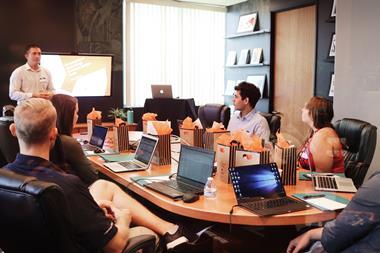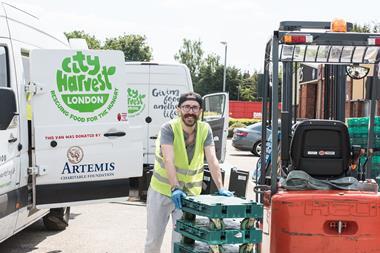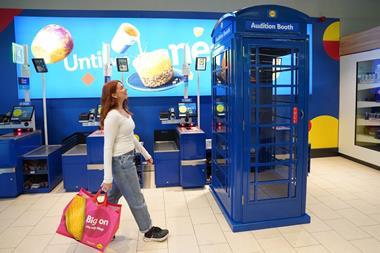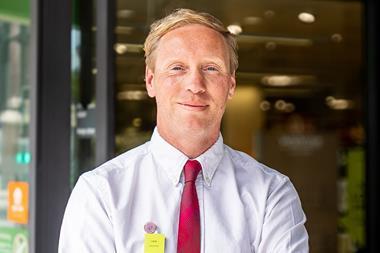
As we adjusted to the confinements of our four walls throughout Covid lockdowns, mental health had a lot of attention.
It’s easy to forget how alien those first months were – walking back to your bedroom post-breakfast, logging into Zoom for a team meeting, followed by lunch staring at your colleagues on the screen in a desperate attempt to keep close. The importance of checking in with one another was not exaggerated.
However, fast-forward two years and many of us are still operating in a silo for the majority of our working week. Are we still truly checking in on each other’s wellbeing?
The way we relate – via social media and online platforms – has become more prominent than physical interaction. It has become normal for people to share life with an online network. Humans are social beings, and we yearn to share and connect. But does online connection fulfil this yearning?
Even LinkedIn, previously a business-focused platform, has seen a shift to one where people share personal struggles. This is a good step forward, but sharing things from behind a screen to a world of people you hardly know seems to fall short of the courage needed to look a team member in the eye and ask them for help.
We should be there to both provide support and be supported.
Therefore, while there are many benefits of a flexible work life, businesses need to strive to further support their teams and make up for the loss of physical connection.
The days we have in the office together are often packed with meetings, capitalising on solving more complex business needs that are harder and more draining to do online. But, for the sustainability of the business and the team, I question if part of that time would be better dedicated to checking in with each other on a personal basis and enabling a safe space for people to be open.
For small businesses, there is not often the capacity to hire a full-time member of staff to support team and culture. Instead, it is taken up by someone within the team, and it can be overwhelming. Yet stripping everything back, we all yearn for connection. Getting to know each other in person seems a good place to start.



















No comments yet